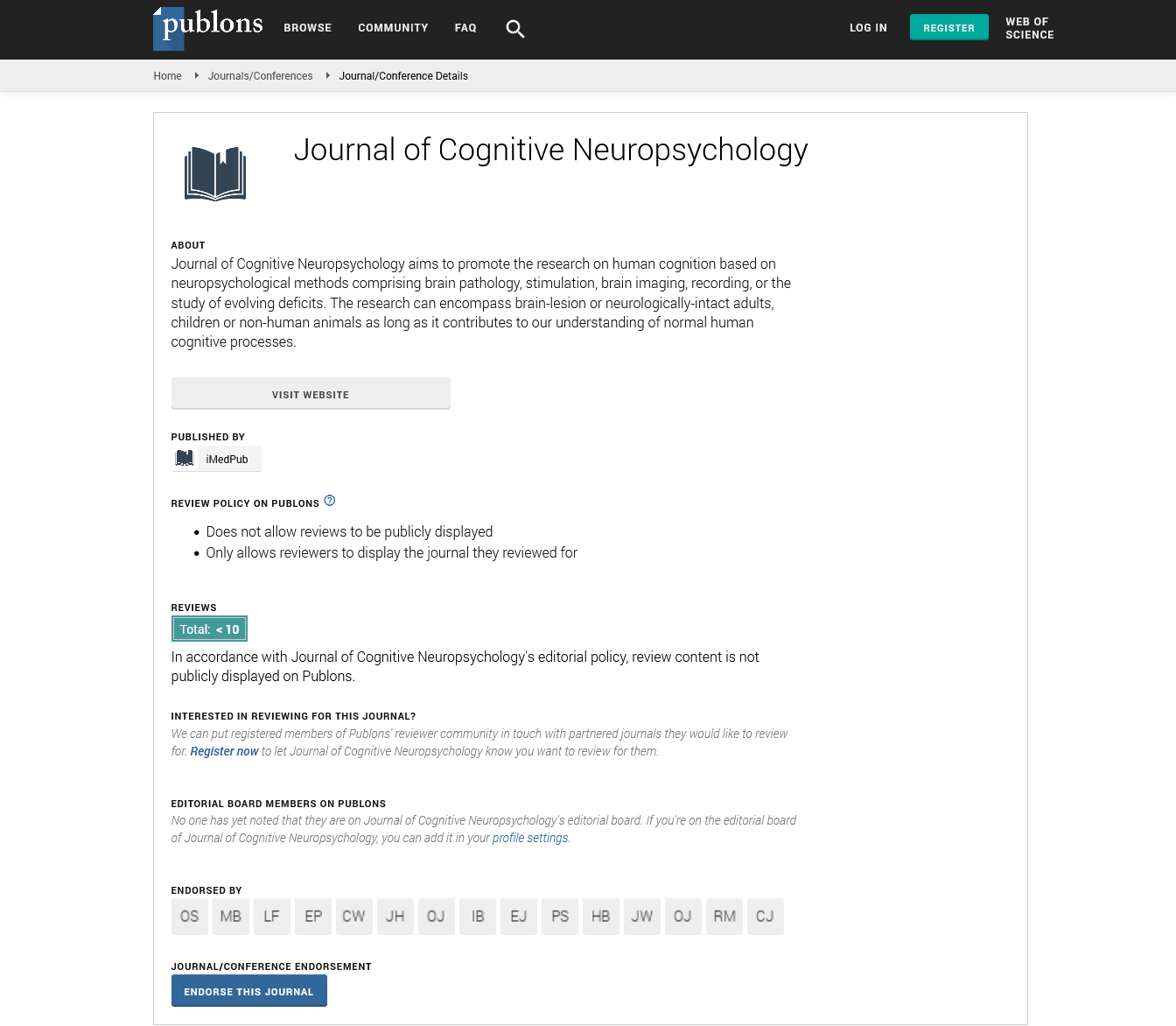Abstract
Parental involvement in inclusive classrooms for students with learning disabilities at Omani schools as perceived by teachers
Statement of Problem:
Recent statistics shows that the proportion of students with disabilities who spend 80% or more of the school day in general education classrooms has substantially increased from 34% in 1990 to 61% in 2011. In Sultanate of Oman this number was increased too. Despite these optimistic statistics, the process of inclusion has been faced by many challenges: A limited number of certified special education personnel; lack of proper training for teachers in mainstream classrooms and the lack of parental support in children’s school. In the Omani context, research about the parental involvement in the mainstream classrooms was rarely conducted.
Methodology & Theoretical Orientation:
Researcher employs the use of a survey questionnaire to investigate the parent involvement. Quantitative statistical methods are used to analyze the findings of the data collected on the Likert-scale used in the survey questionnaire. The instrument used in the study was adopted from a study recently conducted in Oman by Al Mashaykhi (2015).
Findings:
Participants’ have high perception of the importance of parental involvement in the inclusive classroom but low perception of the practices they use to be involved in these classes. Besides that, findings of Pearson correlation coefficient analysis, among importance and practices of parental involvement showed that these variables correlated negatively.
Conclusion & Significance.
Descriptive analyses showed that teachers perceive the parental involvement in the inclusive classroom is important to support the education for the children with disabilities, but the study showed also that less action were taken from the parent to activate this involvement. The researcher recommends adding qualitative methods to discuss more related issues with teachers, parents and other stakeholders.
Author(s): Sahar El Shourbagi
Abstract | PDF
Share This Article
Google Scholar citation report
Citations : 8
Journal of Cognitive Neuropsychology received 8 citations as per Google Scholar report
Journal of Cognitive Neuropsychology peer review process verified at publons
Abstracted/Indexed in
- Google Scholar
- Publons
- MIAR
Open Access Journals
- Aquaculture & Veterinary Science
- Chemistry & Chemical Sciences
- Clinical Sciences
- Engineering
- General Science
- Genetics & Molecular Biology
- Health Care & Nursing
- Immunology & Microbiology
- Materials Science
- Mathematics & Physics
- Medical Sciences
- Neurology & Psychiatry
- Oncology & Cancer Science
- Pharmaceutical Sciences
